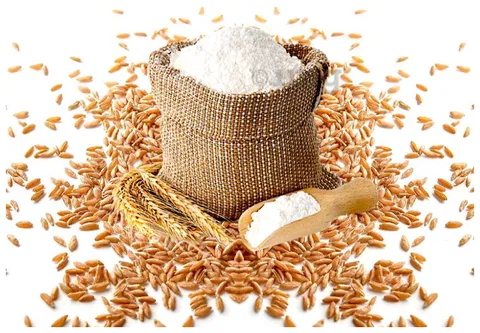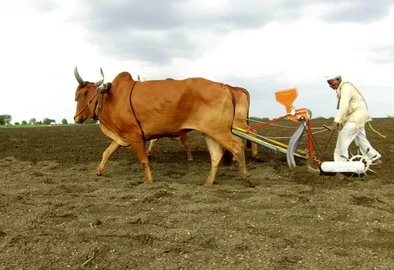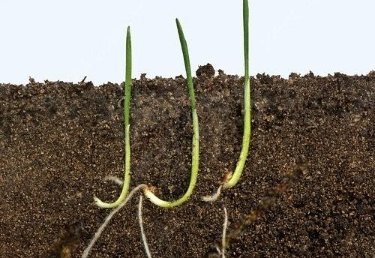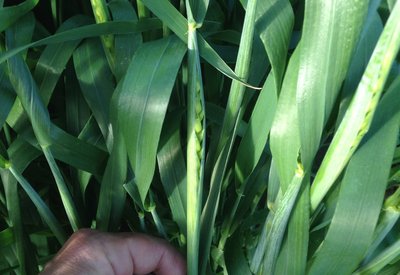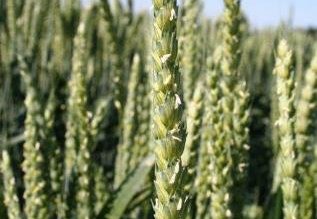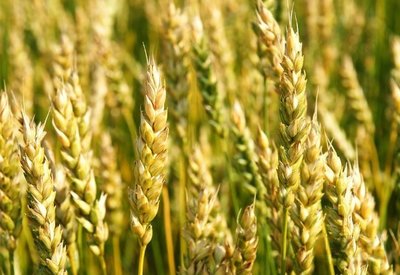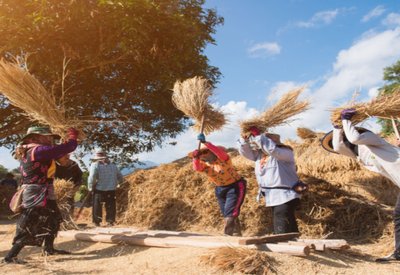Khapli Wheat Flour
Khapli wheat flour, also known as emmer wheat flour, is a type of flour made from an ancient grain called emmer wheat. It has a distinctive nutty flavor and aroma and is a good source of fiber, protein, and vitamins.
Khapli wheat flour can be used to make a variety of dishes, including breads, rotis, chapatis, and puris. It can also be used to make pasta, noodles, and baked goods.
